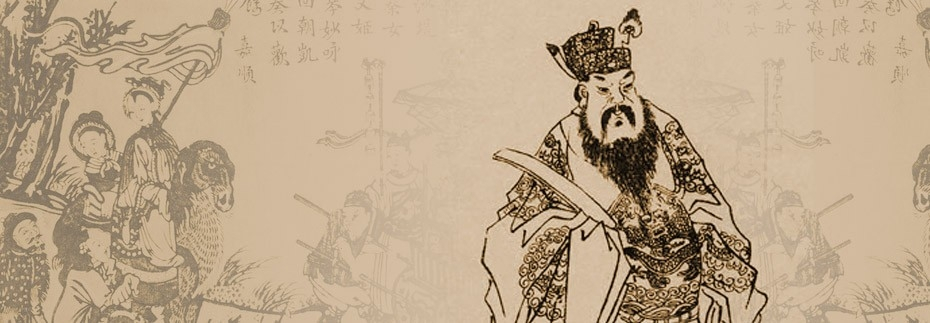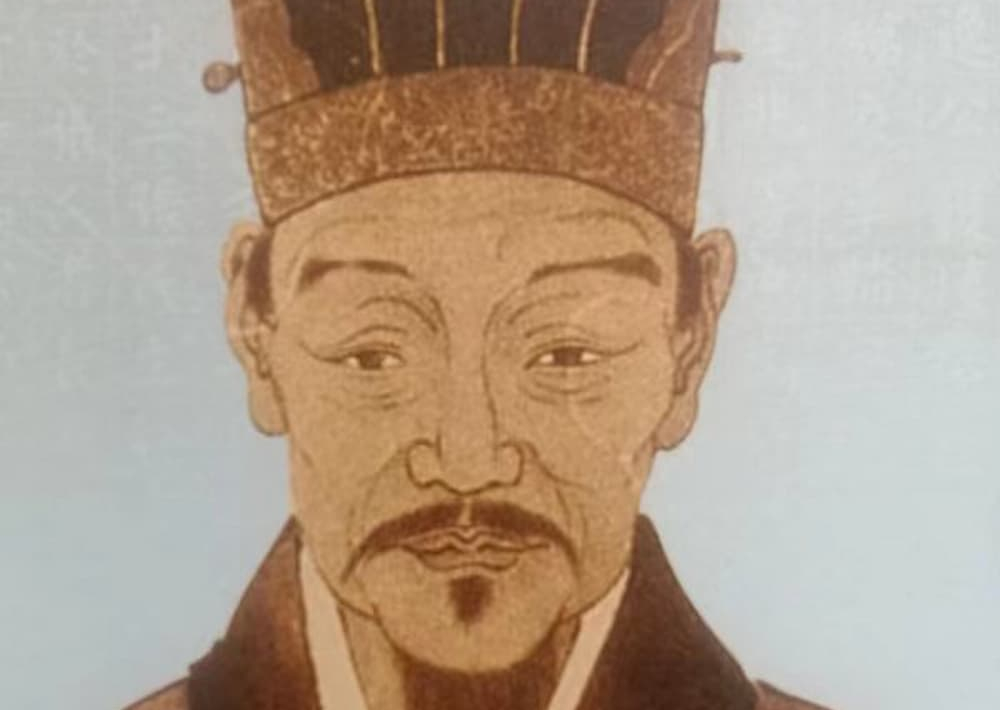
Three Caos and Jian’an Literature
Splendid
Chi Culture
Topic
Three Caos and Jian’an Literature
In the history of Chinese literature, the Jian’an period usually refers to the fifty-odd years starting from the Yellow Turban uprising in the late Han dynasty to the end of the Jingchu reign (237–240) of Emperor Ming of the Wei during the Three States period (220–280). In the great turmoil at the end of the Han dynasty, many warlords arose and vied for power in the Central Plain. At the same time, numerous talented writers debuted in the literary arena. The heroic spirit of the time expressed itself through them. These poets inherited the fine legacy of reflecting social unrest and the people’s suffering from such classic works as the Classic of Songs, Verses of Chu, and Han-dynasty yuefu poetry. They also expressed their aspirations for achieving greatness. They forged a vigorous, robust, and straightforward style with an expressive and plaintive mood. These characteristics won accolades from later generations and were referred to as the “Jian’an wind [style] and bone [substance].”
Of the three states, the Wei, ruled by the Cao clan, was the most renowned for literature; for this reason, Jian’an literature mainly refers to Cao Wei literature. While unifying northern China, Cao Cao (155–220) attracted a large number of literati around him who had lofty aspirations and adhered to the Cao faction because of their wish to bring peace to the realm. This gave rise to a literati group in Ye led by Cao Cao and his sons. The “Three Caos” in Chinese literary history refers to Cao Cao and his two sons, Cao Pi (187–226) and Cao Zhi (192–232). Cao Cao was both a brilliant military strategist and an outstanding writer. He not only opened up a new chapter in the already flourishing Jian’an literature, but his vigorous and robust poetic style became a model among Jian’an writers. His vivid, unrestrained prose style inspired the pursuit of the untrammeled freedom aesthetic of Wei-Jin literature. The poetry of Cao Pi appears to have been indebted to Han liteary poetic tradition and reveals a freshly graceful style and expresses sincere feelings. Cao Zhi’s works embody different styles, which were determined by important events in his life. Critics praise him (“his spirit is wondrous and lofty; his diction ornate and luxuriant”) and say that his poems have the typical characteristics of Jian’an “wind and bone.” Of all the Jian’an poets, he achieved the most and made numerous significant contributions to the development of five-syllable line shi poetry.
Of the “Seven Masters of the Jian’an,” except for Kong Rong (153–208), six—namely Wang Can (177–217), Chen Lin (b. ca. 160–217), Liu Zhen (d. 217), Xu Gan (171–217/218), Ruan Yu (ca. 170–212), and Ying Yang (d. 217)—were all membes of the Cao Wei faction. Other supporters were Cai Yan and Zuo Yannian. These nine writers all experienced the turbulent times at the end of the Han, and were engaged in literary activities mainly during the Jian’an period. Their works, while showing individual and idiosyncratic style also share the common style of the time. In an effort to meet their political needs, the Cao Wei faction modified the criteria for selecting and promoting competent people; this new change gave rise to the liberation of Jian’an scholarly thought and catalyzed the trend of expressing genuine feelings. This change is reflected in the literature; Jian’an poetry began to focus on the common pursuit for eternal human values and a positive attitude towards life.
The Three Caos and the Jian’an writers stressed the value of literature, and advocated writing that emphasized strong inspiration and elegance. When it came to cifu (rhapsody), they developed their basics from the grand fu of the Han dynasty and shunned the writing of shorter lyrical fu. For the most part, theor prose is written in a fresh and unrestrained style. Parallel prose was also developed at this time. As for shi poetry, the Jian’an poets inherited the traditions of Han yuefu poetry and the shi poetry of the Eastern Han literati; earlier themes of military campaigns, the frontier, sightseeing, and banqueting were further developed. Of these themes, those that reflected current affairs were especially developed. They innovated by adopting old poetic forms, such as four-syllable line and “sao” style verse forms, as well as writing in other new forms. China’s first two complete seven-syllable line poems were born in this period. Five-syllable line poetry matured and thrived during this time. The Jian’an writers not only enhanced the quality of literary craft (including metaphor, prosodic rules, parallelism, and rhetorical devices) they brought Chinese literature to a new height. The “wind and bone” (style and substance) and “wind and strength” (style and aesthetic appeal) in Jian’an poetry also became banners of poetic reform among later generations and exerted a far-reaching influenced on the history of Chinese literature.







